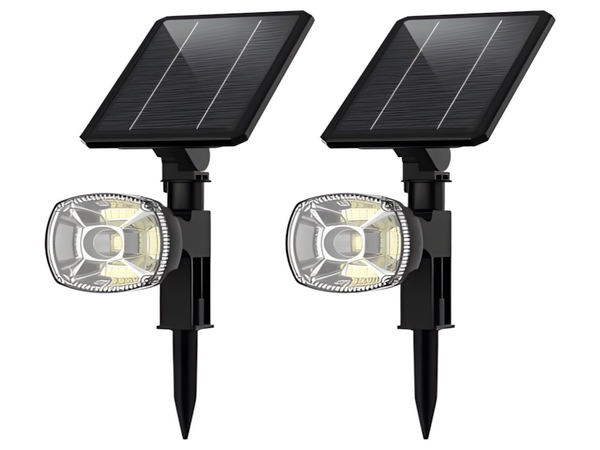
With the continuous changes in municipal policies, we have observed that traditional streetlights are gradually being replaced by solar streetlights. Many people believe that the cost of solar streetlights is significantly higher than that of traditional streetlights, and therefore, they suggest not replacing traditional streetlights to maintain the previous status and reduce certain road administration expenses. Why is the cost of solar streetlights higher than that of traditional streetlights? To address this question, we will provide a detailed explanation.
First, both types have commonalities. The light source used in solar streetlights is also LED, and the quality of the lamp posts is similar; one uses a power supply while the other uses a controller. The prices of these three components are comparable. However, solar streetlights have additional components: solar panels, solar batteries, and battery boxes, which contribute to the higher overall cost.

For solar streetlight manufacturers, the cost of solar panels is calculated based on wattage, while the rechargeable batteries specifically for solar use are priced according to Ah (battery capacity). Generally, larger units are more expensive. In the case of traditional streetlights, the cost increases due to higher specifications primarily in the light fixtures, lamp posts, and power supplies. In contrast, with solar streetlights, higher specifications mean increased costs for the solar panels, batteries, light fixtures, and lamp posts, which is why solar streetlights tend to be more expensive than LED streetlights.
Although solar streetlights are priced higher than traditional ones, considering their unique advantages—such as no electricity requirement, smart working modes, easy installation without wiring, and simple maintenance—they remain highly favored in the market despite the higher cost.
The pricing of solar streetlights is determined based on actual usage needs. It is advisable to avoid products that are too cheap, as you often get what you pay for—affordable products may compromise on quality.

The reasons outlined above about why solar streetlights are more expensive than traditional ones conclude our discussion. According to incomplete statistics, the costs associated with streetlight maintenance and usage in our country reach hundreds of millions annually. This is a vast sum, with electricity costs accounting for approximately 90% of these expenses. Solar streetlights can eliminate this portion of expenditure, as they convert thermal energy into electrical energy for their own lighting needs. This significantly reduces electricity consumption costs. Additionally, solar streetlights are generally more durable, which also lowers repair expenses, leading to an overall reduction in road administration costs and facilitating better national development.



